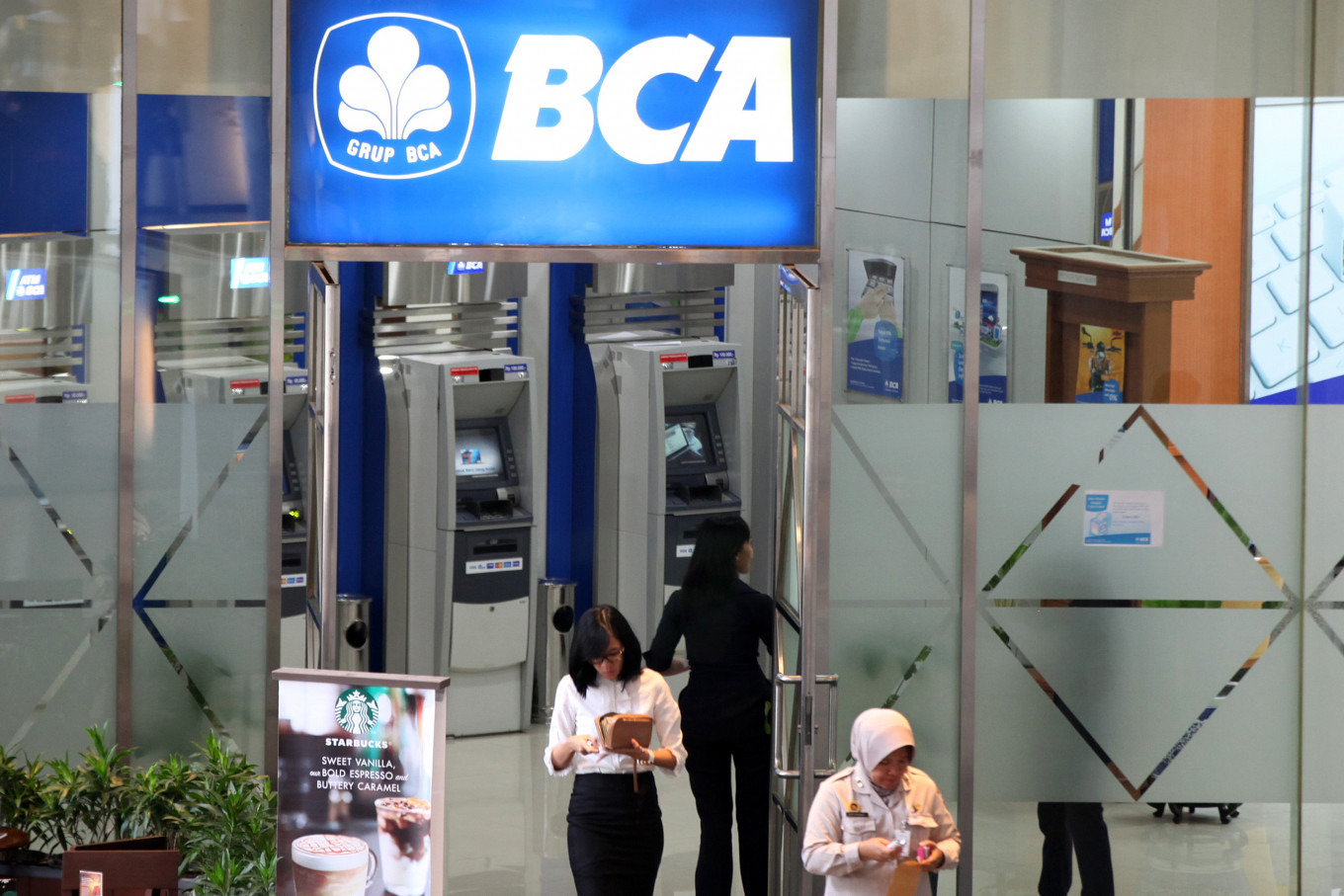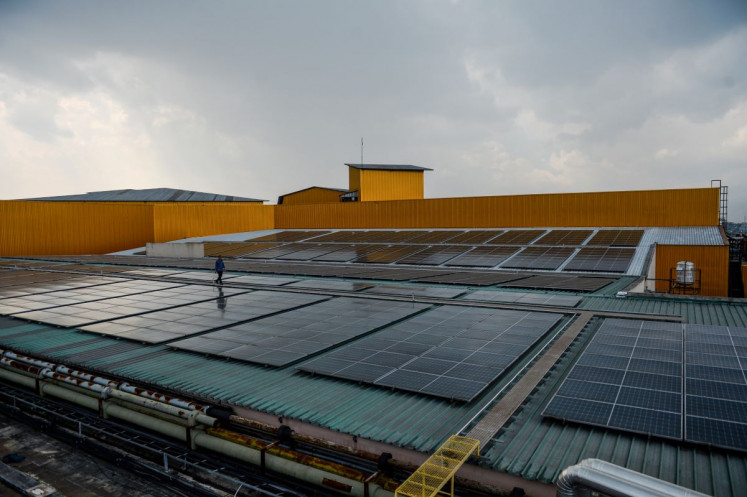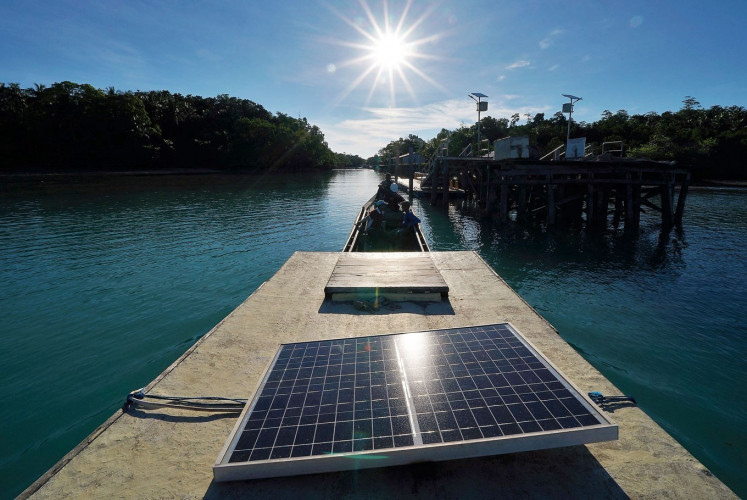Popular Reads
Top Results
Can't find what you're looking for?
View all search resultsPopular Reads
Top Results
Can't find what you're looking for?
View all search resultsBCA to keep lending rate unchanged
Bank’s loan disbursement grew 12.6% year-on-year in third quarter.
Change text size
Gift Premium Articles
to Anyone
T
he country’s largest private lender, Bank Central Asia (BCA), has vowed to keep credit interest rate unchanged, affording borrowers some breathing room despite recent multiple rate hikes by Bank Indonesia (BI).
BCA CEO Jahja Setiaatmadja explained on Thursday that the speed of rate adjustment among banks depended on the size of their exposure to time deposits, which would become costlier whenever central banks lifted their rates, prompting banks to raise their lending rates to make up for the higher cost.
BCA explained that its exposure was relatively small at 12 percent, with the rest coming from savings accounts, a much cheaper source of funds, which reduced the impact of BI benchmark rate hikes on BCA’s costs, and hence also on its lending rates.
“We expect the transmission to our lending will be rather slow. Overall, on credit, we will try to maintain [current credit rates] first and follow the market,” Jahja told reporters during the bank’s quarterly briefing.
Read also: House, politicians tighten grip on financial sector in new omnibus bill
BI raised its benchmark rate by 50 basis points (bps) to 4.75 percent at its monthly board of governors meeting on Thursday, marking a third consecutive increase.
BI began increasing its key rate in August to curb rising inflation and to protect the rupiah amid a faster course of monetary tightening by the United States Federal Reserve.
The BI 7-day reverse repo rate rose by 25 bps in August and by 50 bps in September. With the latest increase on Thursday, that has seen the rate rise from 3.5 percent in July to 4.75 percent in October.
State-owned lender Bank Mandiri expects the rate increase to continue until the first quarter of next year, possibly pushing the benchmark rate to 5.25 percent.
BCA also said its loan disbursement had grown 12.6 percent year-on-year (yoy) in the third quarter, slower than 13.8 percent recorded in the first half.
The slowdown was due to annual growth in corporate loans -- which account for 45 percent of the total -- falling to only 13 percent, down from 19.1 percent in the first half.
Meanwhile, growth in consumer loans continued to increase in the third quarter, rising to 10.4 percent yoy from 7.6 percent in the first half, as mortgages, vehicle loans and credit card loans saw a significant jump.
Read also: Major banks do better than expected in first half of year
Jahja noted that higher input costs were giving firms a hard time, while many were reluctant to pass the extra costs on to consumers given that demand had yet to fully recover and wage increases were expected to be rather slim.
Nevertheless, Jahja said BCA was looking to the future with hope as it projected loan disbursement growth next year to match this year’s target of 12.6 percent.
BCA saw its net profit grow 24.8 percent yoy to Rp 29 trillion (US$1.86 million) in the third quarter, while its revenue rose 9 percent to Rp 62 trillion and its expenses rose 9.4 percent to Rp 23 trillion.










